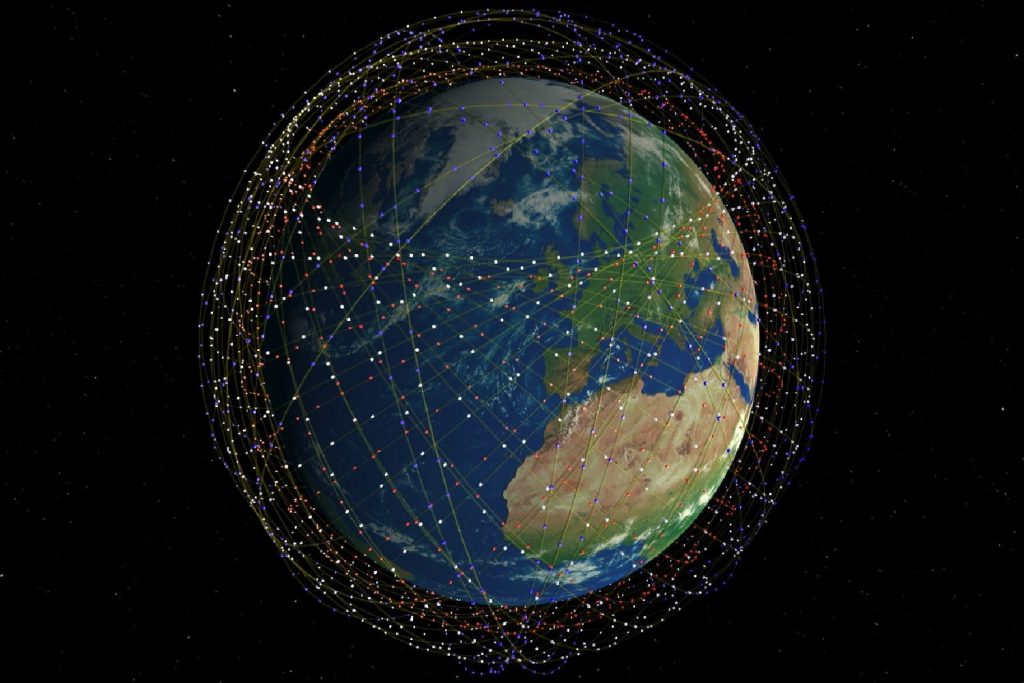Starlink: Over 1.5m subs
May 9, 2023
By Chris Forrester

Elon Musk’s Starlink broadband-by-satellite system now has more than 1.5 million subscribers around the globe. The numbers emerged in a Tweet from Starlink with accompanying video footage from some challenging locations.
Starlink doesn’t mention military and other governmental users in the Ukraine or say whether those non-paying numbers are included in the 1.5+ million.
A cash-flow prepared for Starlink some years ago by an investment bank suggested that the 1.5 million mark was not likely to be reached for some time. The first Starlink satellites were launched in May 2019, although the service became available in some limited locations in 2020.
Starlink passed the 1 million subscriber mark in December 2022.
In other words, Starlink has taken barely three years to achieve this new and very impressive subscriber number and which qualifies the business as the largest supplier of satellite-based broadband, and equally impressive has taken just four months to add around 500,000 users (from December 2022 to now).
The reality now is that Starlink is probably on course to being close to a 3 million subs number by the end of 2023. Starlink has in recent months ramped up its dish manufacturing capacity to more than 150,000 units per month. It has also widely expanded the markets it is now available in.
The current fleet can support some 5 million-10 million subscribers, but such has been the demand that in some parts of the world (especially certain US States) access is limited. Starlink 2nd Generation satellites now being launched will remove some of these bottlenecks. A fleet of 2nd Gen Starlinks will support 20 million-30 million clients.
A major and well-established rival, EchoStar-owned Hughes Network System has more than 1.3 million subs ‘in the Americas’. Viasat of California does not divulge subscriber numbers but at the last public declaration (Spring 2021) it stated it had 590,000 subs.
The advantage that Starlink has over the HughesNet and Viasat systems is one of latency. Starlink’s low-flying satellites have impressively speedy connections while Hughes and Viasat, because the latter use geostationary satellites which orbit at significantly higher altitudes which dramatically increases the latency on Viasat and HughesNet, allowing Starlink to offer a better experience for tasks such as video chats and online gaming, which require faster, lower-latency connections for real-time interaction.
Starlink is reportedly generating around $1 billion in annual revenues. Gwynne Shotwell, SpaceX’s president, speaking at an FAA-organised Commercial Space Transportation conference in Washington, D.C. in February 2023, told delegates that Starlink had recorded its first quarter of positive cash flow in 2022 and was on track to turn a profit in 2023.
